Manhattan Meltdown
I have selected foods to feature that are synonymous with the culture of Manhattan, either invented in the city or sourced from somewhere local known for that item. They are a celebration of what we currently perceive as “New York City” while playing off themes of preservation, encasing each food in varying stages of frozen ice chunks. These photographs were created in response to the rapidly changing food scene in the face of the city’s never-ending commercial gentrification. Read the full story on Adobe’s blog here.
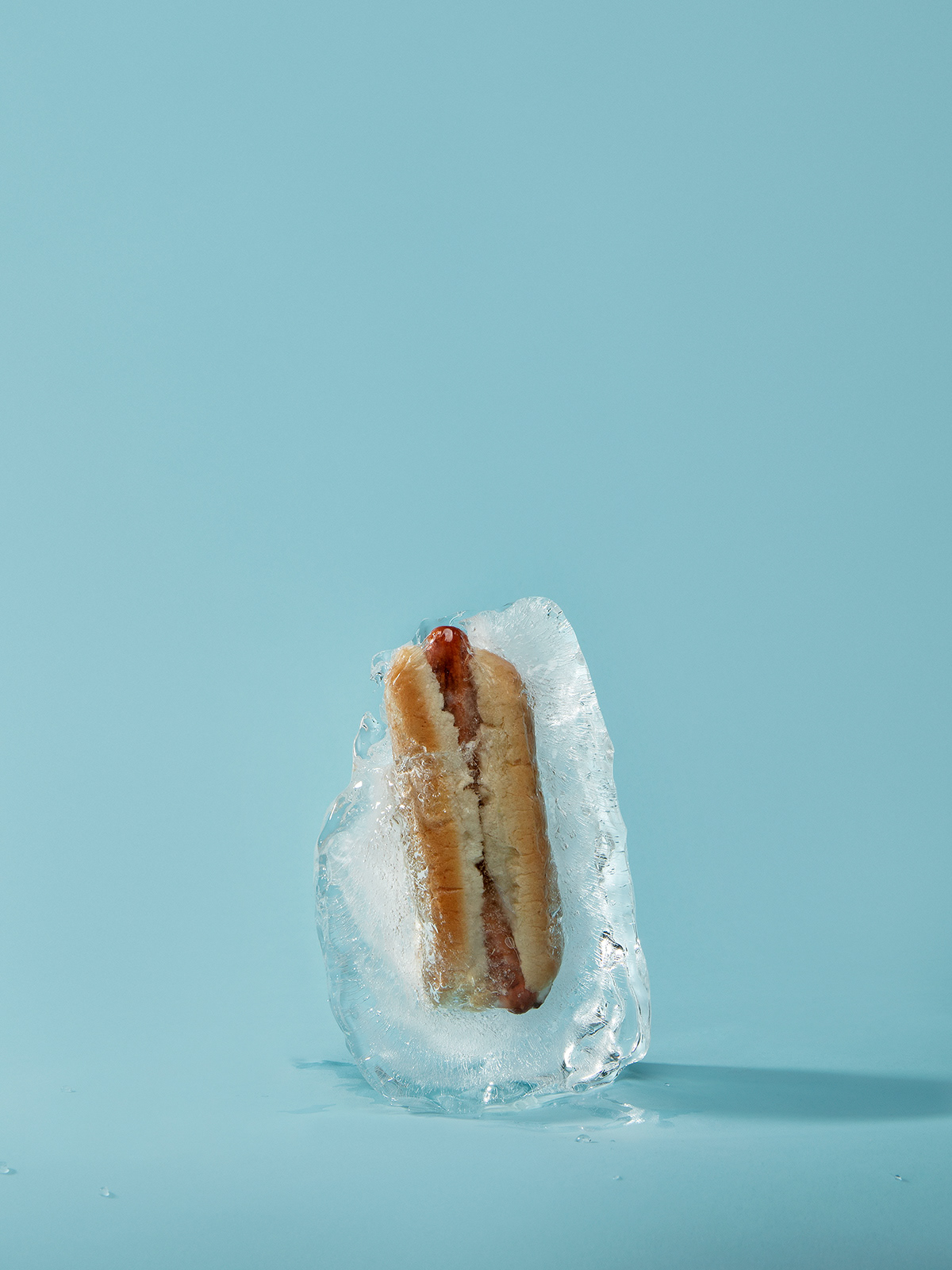
Hot Dogs (Papaya King) There’s nothing more New York than washing down a salty hot dog with a fresh tropical fruit juice, all thanks to Papaya King in the Upper East Side. Initially just a juice stand, Papaya King added hot dogs to its menu in the 1930s to better cater to the German and Polish residents of the neighborhood. Today, a considerable amount of hot dog and fruit juice spots can be found all around Manhattan, but Papaya King still stands strong as the proud original on the corner of 86th & Lexington.
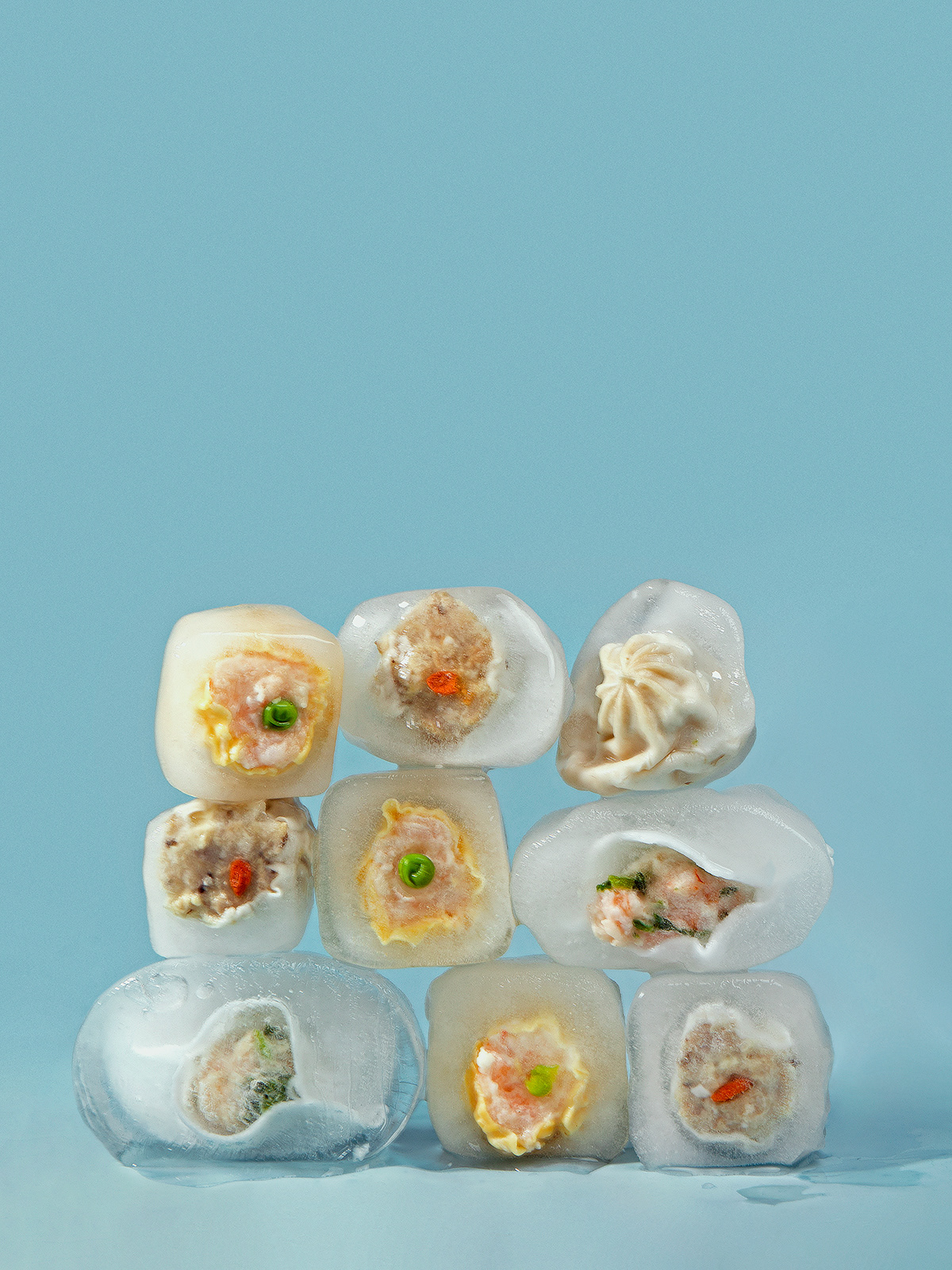
Dim Sum (Nom Wah Tea Parlor) While some might argue that the most authentic dim sum can be found over in Flushing, the diverse offerings that Manhattan’s own Chinatown brings to the table is impressive nonetheless. What is traditionally served as a brunch food has become in demand at all hours of the day. Though rapidly expanding, the history of Nom Wah Tea Parlor cannot be denied. Open for nearly a century, it has withstood the test of time on the curve of Doyers St., surviving as one of the most notable restaurants on one of the most history-laden streets of Manhattan.
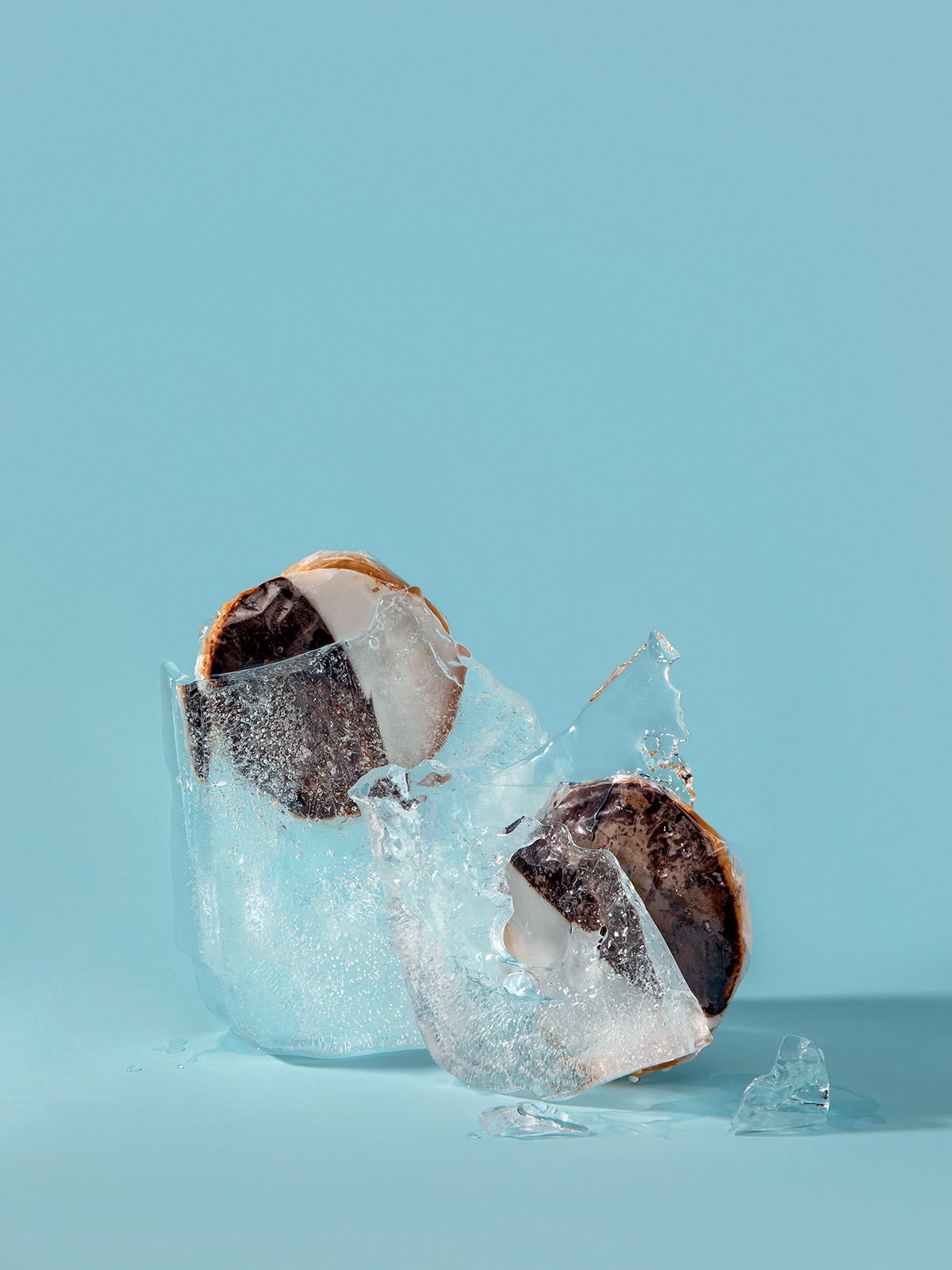
Black & White Cookies (William Greenberg Desserts) The history of the black & white cookie can be traced back to the recently shut down Glacer’s Bake Shop in Yorkville, which opened its doors in 1902. With a cake base covered in half vanilla and half chocolate icing, these decadent cookies can now be found all over New York City, in both old and new places alike. William Greenberg Desserts on 82nd and Madison is perhaps the most well known for this treat. They have been supplying the city with a variety of kosher baked goods since the 1940s.
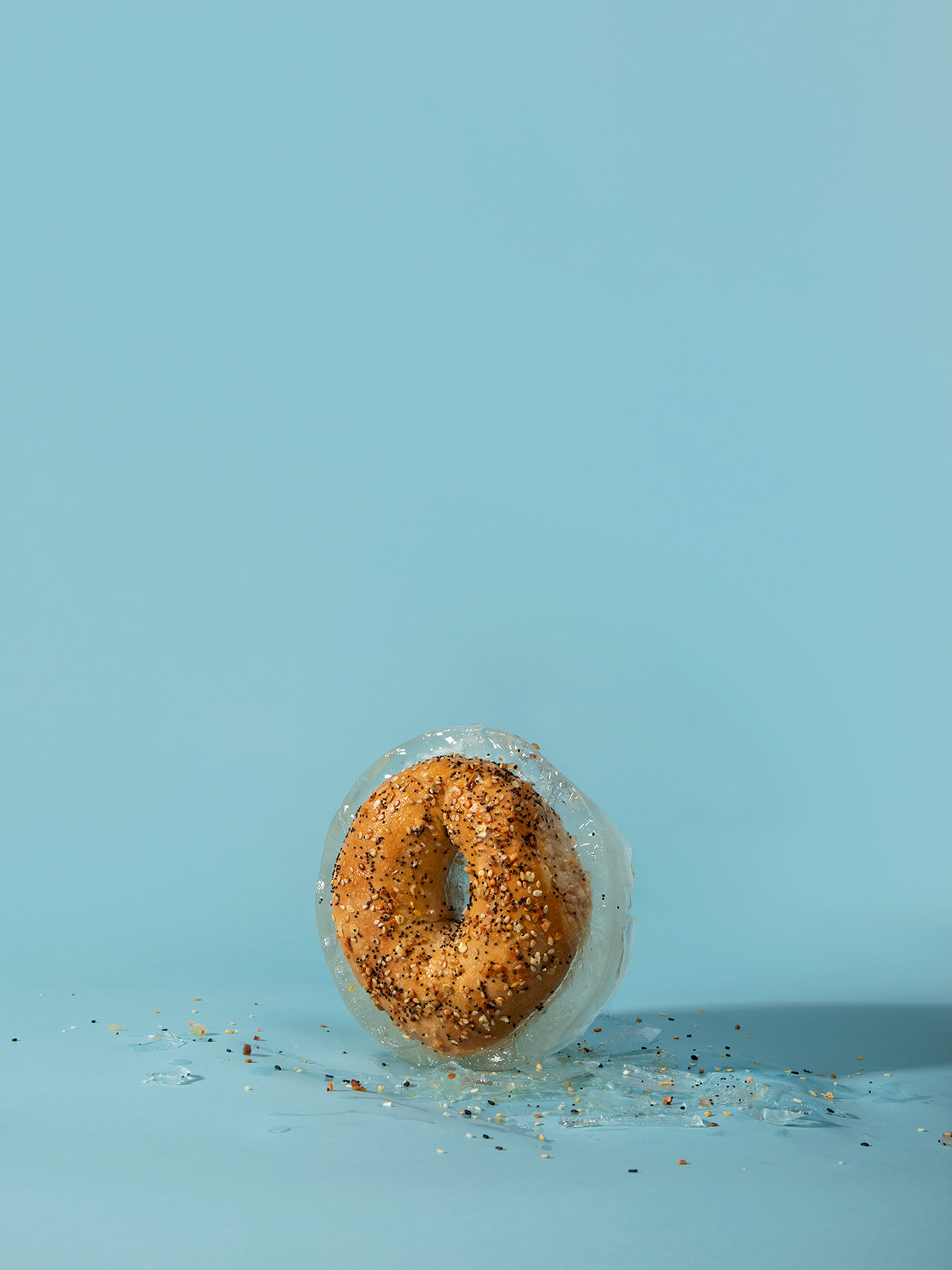
Bagels (H&H) Thought to have originated in Poland, bagels were brought over by Eastern European Jewish immigrants in the late 1800s. While there is no shortage of top quality bagels all around Manhattan, there is no denying H&H’s importance. Before the original two stores shutdown in 2012, they were the largest bagel manufacturer in New York City. The H&H legacy lives on (under new ownership) at their third shop on 80th and 2nd. In 2016, H&H opened another outpost on the Upper West Side.
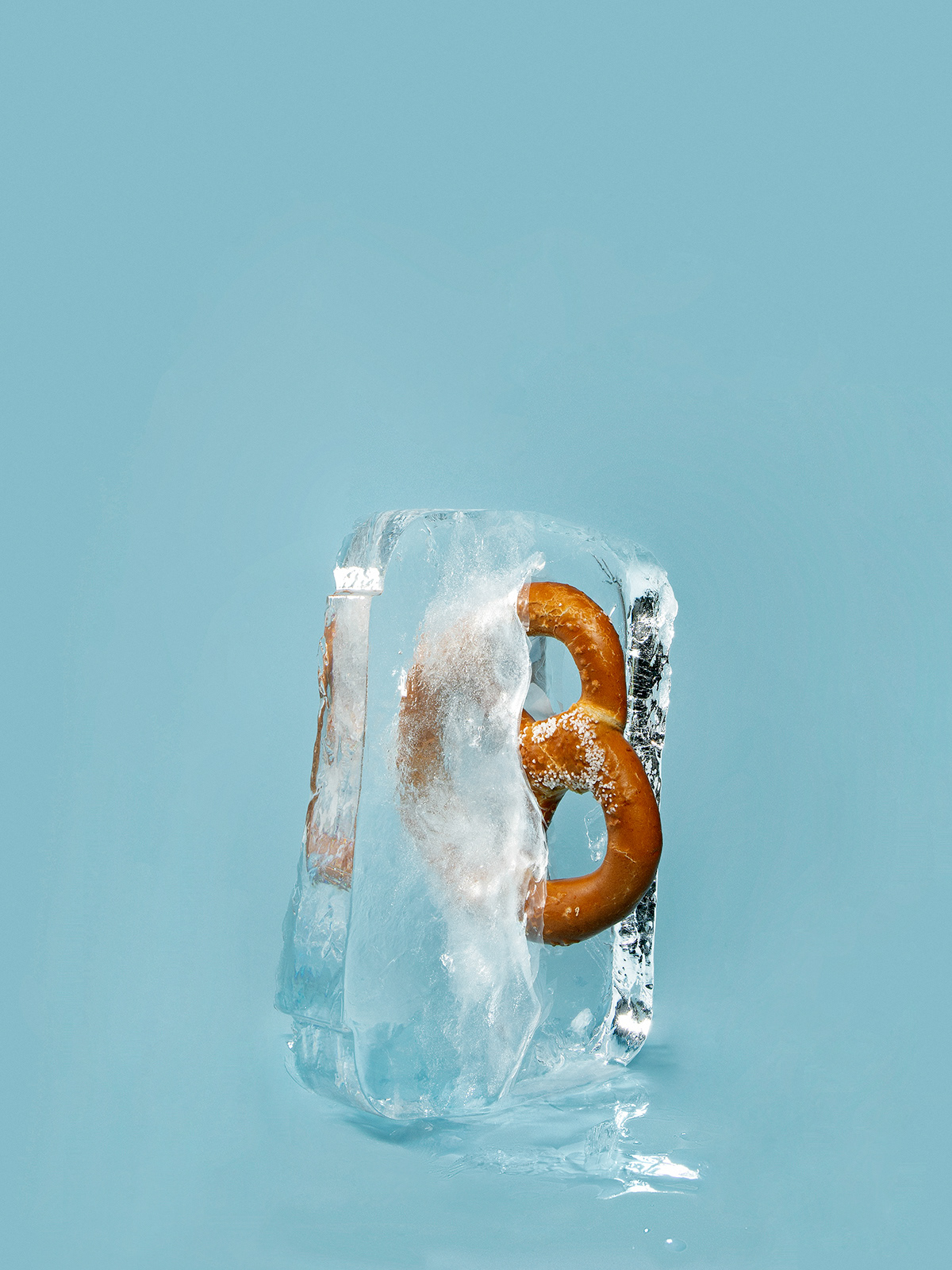
Soft Pretzels (street vendors) Either too hard, too chewy, too bland, or too salty, the unspoken secret of this street food is that, culinarily, it isn’t actually all that great. However, the cheap prices (especially compared to other city snacks) and availability on almost any corner—touristy or not—has made soft pretzels into a New York City classic that has managed to stay relatively unchanged for almost two centuries.

Egg Cream (Eisenberg’s) While the details of its origin story are heavily debated, egg creams were born in New York City in the late nineteenth century, quickly becoming a staple drink in soda shops thereafter. Funnily enough, egg creams don’t contain actual egg or cream in them. They are composed of chocolate syrup, seltzer, and milk. Today, you can find this classic at places like Eisenberg’s Sandwich Shop, a neighborhood favorite since 1929 known for this drink (and many other deli standards) on 22nd and 5th.
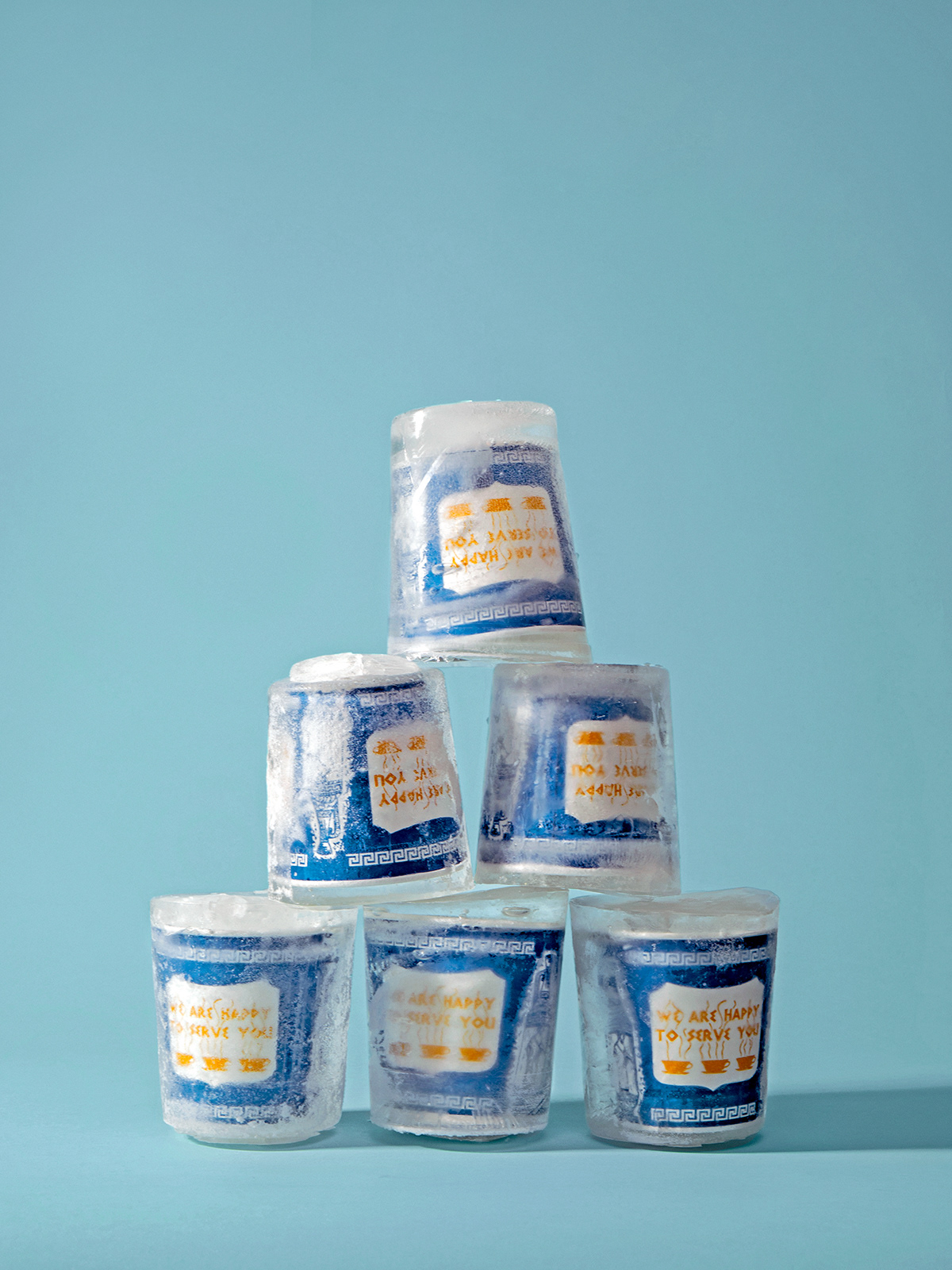
Coffee (various) This infamous design known as Anthora was introduced in the 1963 to appeal to the city’s many Greek-owned coffee shops. Clearly, this worked—these cups quickly became a symbol of daily life, and could be found everywhere from street vendors to corner delis. With coffee culture today favoring more upscale, boutique shops, these cups are harder to come by. In 2006, the design was discontinued. The Solo Cup Company acquired the trademark and brought them back into circulation in 2015.

Pastrami On Rye (Katz’s Delicatessen) Pastrami was invented in the nineteenth as a way to preserve meat before refrigeration. Practiced and perfected by Jewish immigrants, it became a natural part of deli menus across New York City, and has remained a crowd favorite ever since. Pastrami is perhaps most familiarly served in sandwich form, traditionally between two slices of rye bread covered in yellow mustard (and with pickles on the side). Places like Katz’s Delicatessen have upheld this classic, becoming famous for their pastrami alone. Katz’s has been satisfying customers’ cravings at the corner of Ludlow and Houston since 1888.

Cheesecake (Eileen’s) Cream cheese was invented in New York in 1872, making it no surprise that cheesecakes have become one of the most synonymous desserts to New York City. Not all cheesecakes require cream cheese, but a classic New York style cheesecake does (along with eggs, vanilla, sugar, and heavy or sour cream, all on a graham cracker crust). Eileen’s Special Cheesecake has been serving their infamous cakes at their shop on Cleveland Place down in SoHo since 1975.

Pizza (Patsy’s Pizzeria) Pizza trends may come and go, but the traditional New York thin crust style remains king when it comes to one of the most lauded foods in town. Patsy’s Pizzeria in East Harlem has been serving up their infamous pies since 1933, where they even consider themselves the inventors of this style. Patsy’s is an indisputable food landmark that is still running strong today.





